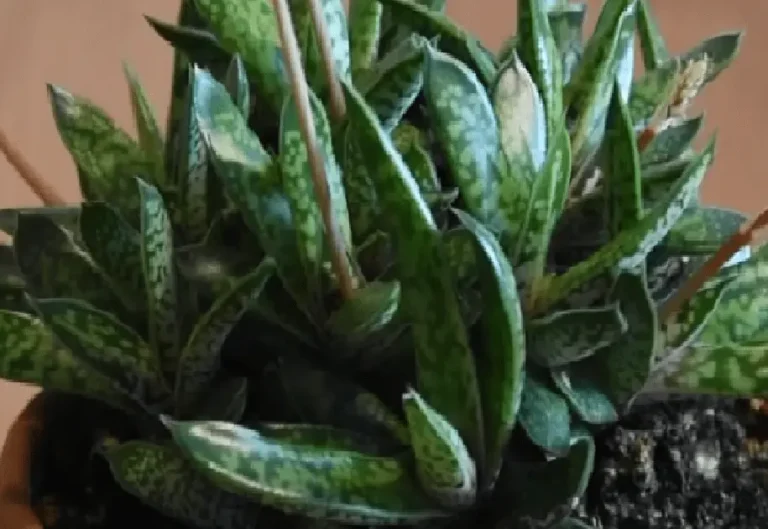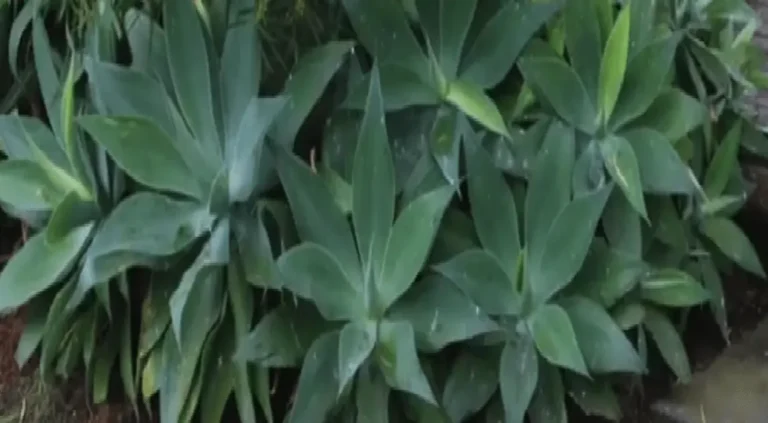Haworthia attenuata (Zebra Plant)
- Botanical Name: Haworthia attenuata
- Location: Native to South Africa, commonly cultivated worldwide.
- Family: Asphodelaceae (formerly placed in the Liliaceae family)

Benefits in Daily Life
Decorative Plant: The Zebra Plant adds a touch of exotic beauty to indoor and outdoor spaces, making it a popular choice for ornamental purposes.
Air Purification: Like its Aloe Vera cousin, Haworthia Attenuata helps improve indoor air quality by absorbing toxins and releasing oxygen, creating a healthier environment.
Low Maintenance: This succulent thrives with minimal care, requiring only occasional watering and bright but indirect sunlight. Its low-maintenance nature makes it perfect for busy individuals or those new to gardening.
Gasteria bicolor (Ox Tongue)
- Botanical Name: Gasteria bicolor
- Location: Indigenous to South Africa, cultivated in various regions.
- Family: Asphodelaceae

Benefits in Daily Life
Indoor Adaptability: It thrives indoors with minimal care, tolerating low light and dry indoor environments. Its adaptability makes it a fantastic addition to indoor gardens or office spaces.
Medicinal Uses: Some species of Gasteria have traditional medicinal uses, with their gel-like sap used to treat minor burns, cuts, and skin irritations.
Agave attenuata (Foxtail Agave)
- Botanical Name: Agave attenuata
- Location: Native to Mexico, cultivated in various subtropical and temperate regions.
- Family: Asparagaceae (formerly placed in the Agavaceae family)

Benefits in Daily Life
Drought Resistance This succulent is highly drought-tolerant once established, requiring minimal water and maintenance. It thrives in arid and xeriscaped environments.
Culinary Uses While not specifically Agave attenuata, some Agave species are used to produce tequila and agave nectar, contributing to culinary and beverage production.
conclusion
succulents that resemble Aloe Vera, such as Haworthia attenuata, Gasteria bicolor, and Agave attenuata, are not only aesthetically pleasing but also offer numerous benefits in daily life. From adding decorative charm to improving air quality and requiring minimal maintenance, these succulents are botanical treasures that enhance our living spaces and connect us with nature’s beauty. Incorporating them into indoor gardens, landscapes, and decorative arrangements can bring joy and wellness to our everyday lives.